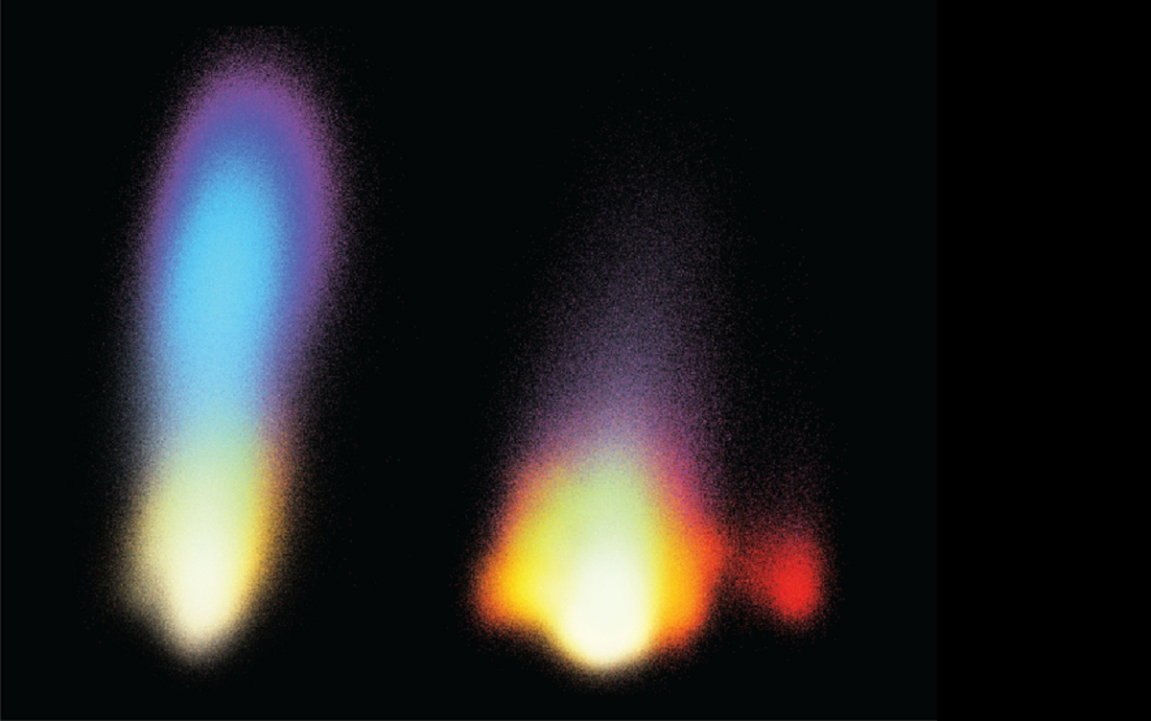
A controversial theory posits that life began when RNA spontaneously began to replicate itself — and now researchers are claiming they’ve replicated part of that process in a lab.
In interviews with the Washington Post, scientists say they’ve created an RNA molecule that made copies of other types of RNA, which gets its experts ever closer to creating the conditions for early Earth life in a lab.
The Salk Institute for Biological Studies scientists worked from the theory that before there was DNA or proteins, RNA existed as the initial ingredient in the so-called “primordial soup.”
As part of their research, WaPo reports, they created a lab-made RNA molecule that accurately copied others and resulted in a functioning enzyme. Now that the institute has done that, it’s poised to study the earliest evolutionary stages of life in unprecedented ways.
Gerald Joyce, the president of Salk who co-authored a new paper about the research published in the Proceedings of the National Academy of Sciences, told WaPo that although the researchers’ lab-made molecule isn’t yet self-replicating, the one they did create is a huge step to creating life in the lab.
If RNA is created that is able to replicate itself, the Salk president said, “then it would be alive.”
“This is the road to how life can arise in a laboratory,” Joyce said, “or, in principle, anywhere in the universe.”
As WaPo explains, RNA must make extremely close copies to the original for Darwinian evolution to occur. If anything goes wrong, things start to deteriorate fast, and like an old, wonky photocopy machine — or, in the meme world, a “deep-fried” image that comes about from screenshotting ad infinitum — each subsequent copy gets fuzzier until it’s unclear what the original source material was in the first place.
“If the error rate is too high, you can’t maintain the [genetic] information,” the Salk president explained. “It just blows up.”
That said, exact replication of RNA also doesn’t work because it doesn’t provide for the kinds of mutations that foster growth. To get just the right amount of deviation, Joyce and his team made an RNA that makes copies of what’s known as “hammerhead RNA,” which chops molecules. When the replicator molecule does its thing on the hammerhead RNA, each new generation, as WaPo reports, was also able to chop — and each subsequent generation gets better at replicating, too.
This new threshold, as pharmaceutical science professor John Chaput of the University of California at Irvine puts it, is “monumental.”
“At first, I looked on it as a little bit jaw-dropping,” Chaput, who was not involved in the research, told the newspaper. “It’s super-neat.”
It’s exciting research — though, if Salk or its fellow travelers succeed in making artificial life in the lab, sure to raise urgent new ethical questions about synthetic lifeforms.
More on life: Scientists Check Whether Space Telescope Could Detect Life on Earth